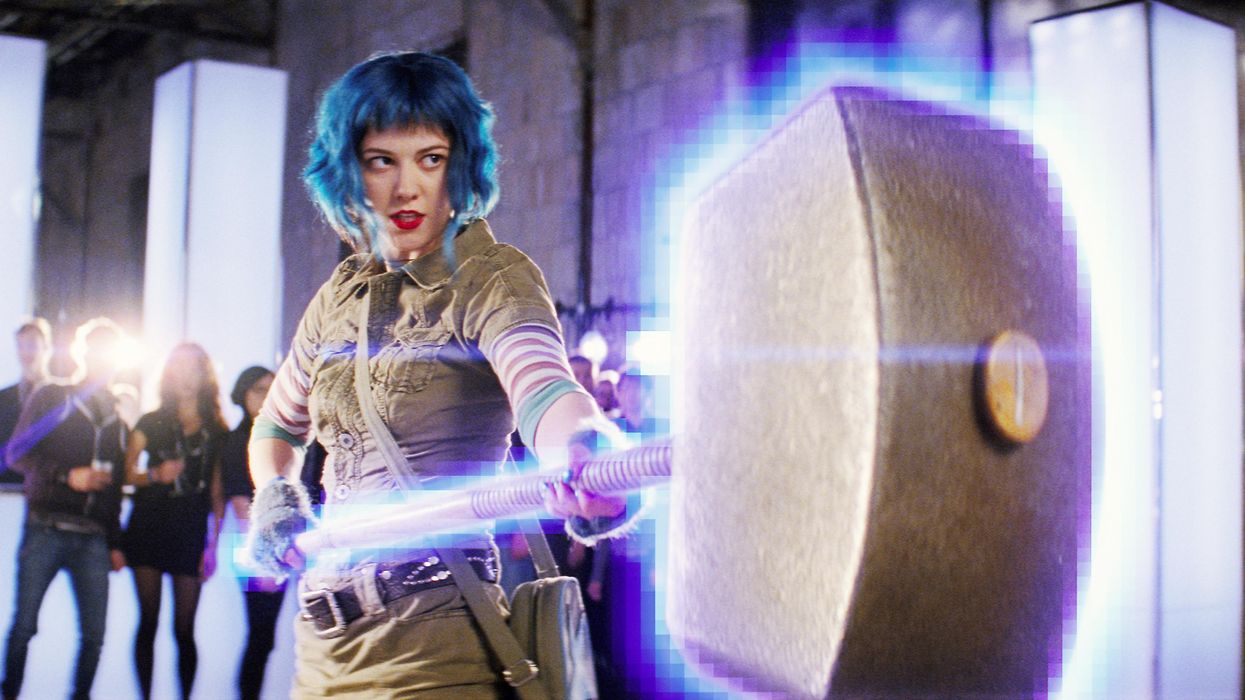Watch: The 100-Year Evolution of the Comic Book Film
Our modern blockbuster has a history almost as long as cinema itself.

It's no secret that in today's film landscape, studios trust nothing more than the comic book to make them their millions. Unfortunately, while their devotion to creating complex webs of spin-offs and anthologies have proven a successful formula for raking in dough, the results in entertainment quality have not been nearly as lucrative for movie-goers. In his new essay for Fandor Keyframe, video essayist Drew Morton chronicles the rise of the comic book genre, but also provides us with some clear insight into how quality is often sacrificed for numbers. It has to do with the three most-used styles within the genre and how they relate to the ebb and flow of mass audience reception.
Since Batman first made his way to the tube back in 1966 the comic genre has, in essence, been a constant struggle between what Morton refers to as a "campy/baroque" style and a "photographic realism" style. He likens it to a pendulum that's swinging back and forth between the two based on box office returns and what the audience appears to be interested in.


Big name studios limiting the releases of these films to these two sub-sects, however, has led to the era that we find ourselves in now, where the balance of film and genre releases in general has taken a massive hit. Not only does every other movie or TV show today seem to leap into the comic book genre, but they also maintain their comfort within the boundaries of these two specific styles. It's come to the point where photographic realism could now be labeled as "generic realism." Releases from the middle ground between the pendulum are becoming more and more rare. This is especially unfortunate because it's from this middle-ground sub-sect, which Morton refers to as "Stylistic," that creativity in comic book movies emerges.

The "stylistic" sub-sect comes into play in a film landscape where both the campy and photo-realistic sub-sects can co-exist. It's not surprising in the least that these are the comic book films that are often most unique and entertaining. (For the Batman canon, maybe it's in this realm in which Tim Burton's films can be placed.) Films like Edgar Wright's Scott Pilgrim vs. The World, Robert Rodriguez's Sin City, or even Zack Snyder's 300 serve as perfect examples. Though they were "commercially unsuccessful" by studio standards, they are true testimonies to what the comic book genre could give us if it wasn't so hell bent on serving the mainstream. Let's hope the pendulum sways back into this breeding ground of creativity someday soon.












